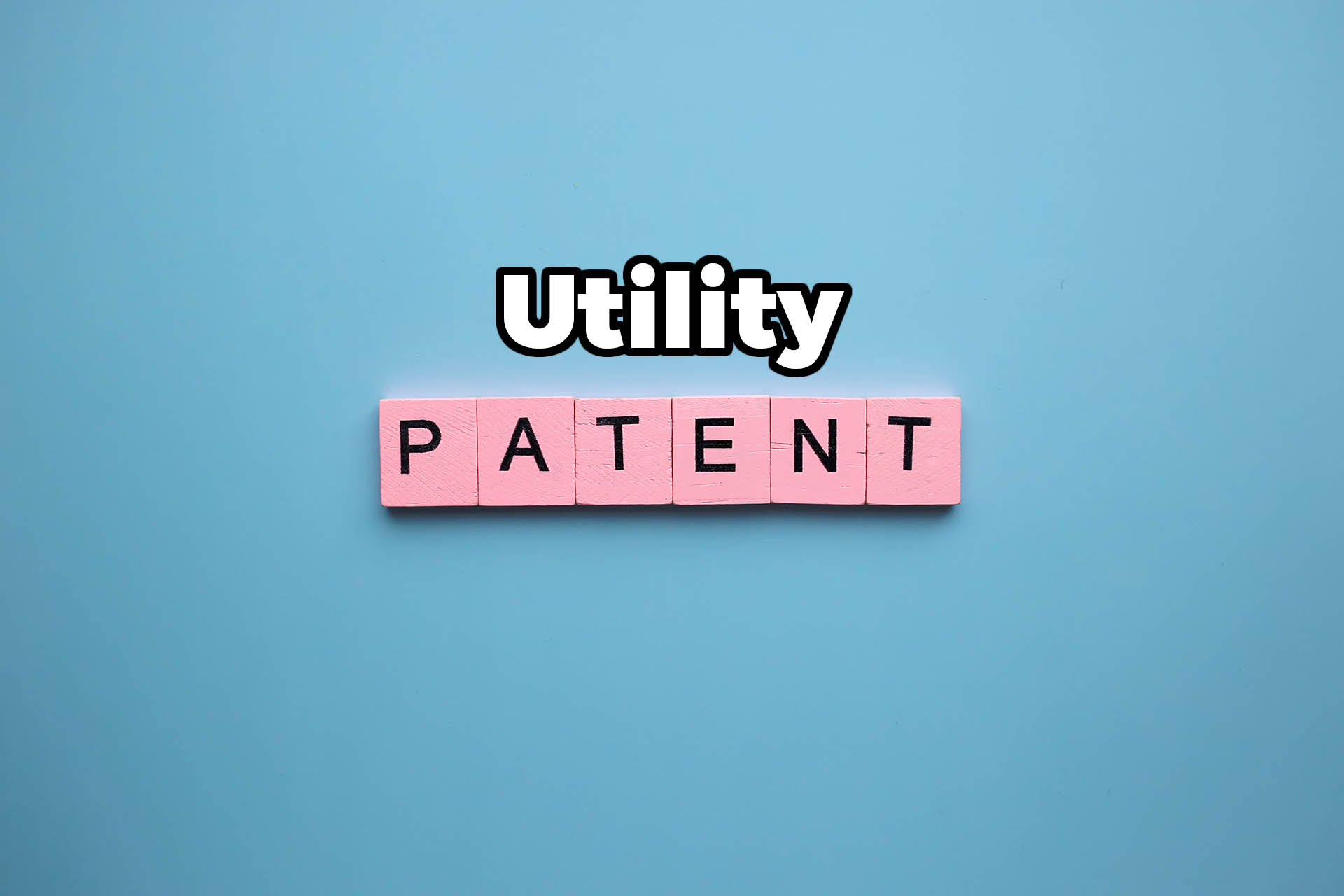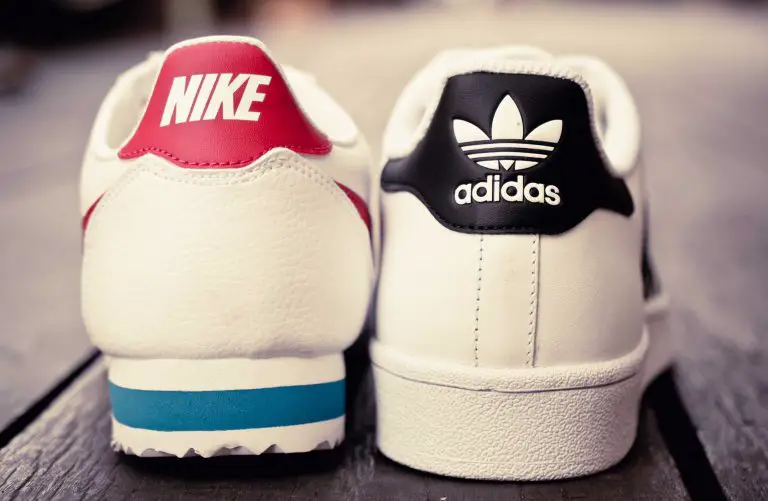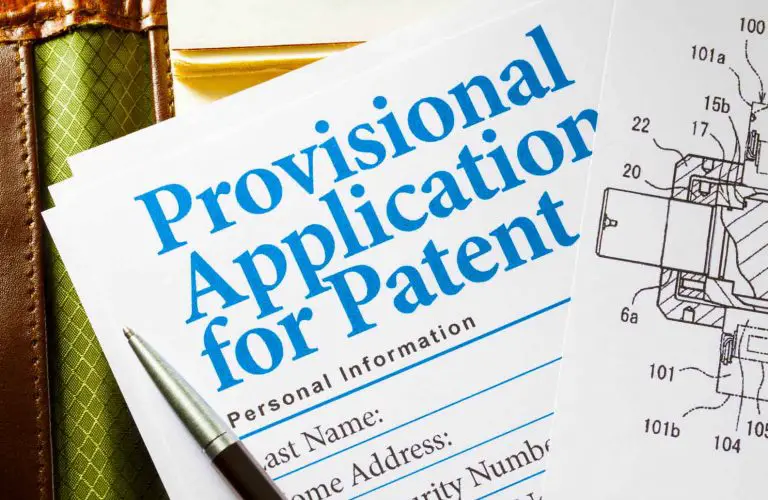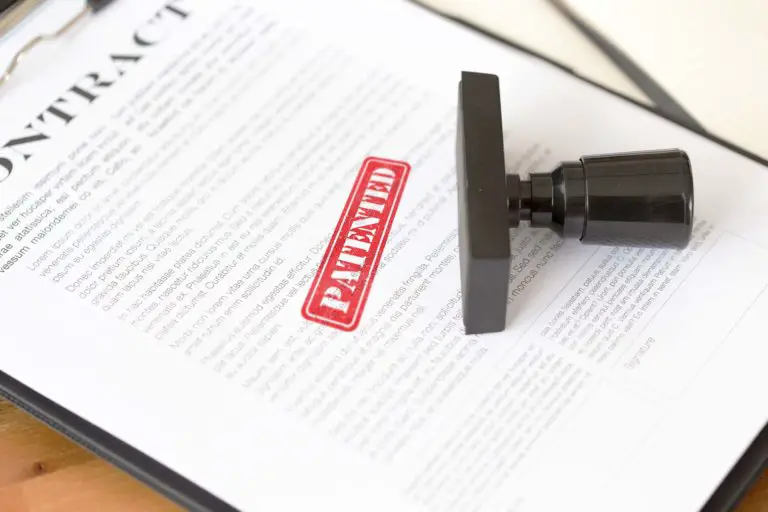Utility Patent
Whether your an inventor seeking to patent your invention using a utility patent or you’re just wondering what a utility patent is, you’ve come to the right place as we will discuss everything there is to know about a utility patent. So, what is a utility patent? And what is the difference between a utility patent vs a design patent? We will also discuss the cost of a utility patent, as well as give you an example of a utility patent.
What is a Utility Patent?
A utility patent is defined as a form of intellectual property (IP) protection that protects new inventions, processes, machines, compositions of matter, or articles of manufacture. Said differently, utility patents protect inventions that perform a new and useful function. Utility patents are the most applied for type of patent, making up more than 92% of all applied for patents.
Inventors want to protect their inventions using utility patents because utility patents allow them to control who uses, makes, sells, and imports their patented invention to the United States for a limited period of time. For utility patents, this limited period of time is 20 years.
While a utility patent is active and its grant state, only the patent holder can use, make, and sell the patented invention, anyone else who wants to make any use of the patented invention must first obtain the patent holder’s express permission to do so.
Now that you know that a utility patent is a powerful form of IP protection, you should know that obtaining one is not easy. To obtain a utility patent, an inventor must prepare, file, and prosecute a utility patent application to obtain a patent.
Preparing a utility patent application alone is very costly and time-consuming. Even after a utility patent application has been prepared and filed with the USPTO, it takes the patent office, on average, 24 months to process and either grant or deny a patent application.
How Does a Utility Patent Work?
A utility patent works by vesting IP rights in the hand of a patent holder. Once an inventor patents his invention and becomes a patent holder, an inventor can stop others from using, making, offering to sell, selling, and importing his patented invention to the United States for a limited period of time (20 years for utility patents).
During the 20-year patent term/patent life, an inventor may become the only person to use, manufacture, and sell the patented invention. Also, a patent holder can choose to license the use and manufacturing of his patented invention to third parties in exchange for an agreed-upon fee.
How to Get a Utility Patent?
For an inventor to get or obtain a utility patent, an inventor must first conduct a prior art search to determine that no one else has patented the invention he wants to patent. A prior art search should only be conducted by an experienced individual, such as a patent attorney. This is so because a prior art search is a complicated process that requires a trained and experienced individual to properly perform a prior art search.
After conducting a prior art search, an inventor should also hire an attorney to prepare a patent application. A patent application defines the invention that an inventor wants to protect.
As such, taking the time to prepare a strong patent application is of the utmost importance because the application will determine the quality of the resulting patent.
Although the USPTO allows inventors to prepare their own patent application without hiring an attorney, they recommend that inventors hire an attorney to assist them with its preparation.
After preparing a patent application, an applicant files the application with the patent office and waits for a patent examiner to begin examining his application.
If the patent examiner finds an application to be complete, complies with the patenting requirements, and is free of errors, an application will be granted.
The moment the patent office grants a patent application, a patent holder will be able to exercise his rights under the patent. Prior to the patent office granting a patent application, an applicant will not be able to enforce patent rights because he will not have any rights to enforce until the patent office grants his application.
How Long Does it Take to Get a Utility Patent?
According to data from the USPTO, it currently takes 24 months for the patent office to process a patent application, meaning that the patent office will either grant or deny a patent application within 24 months of an inventor filing his non-provisional patent application with the USPTO.
If an inventor is in a rush to patent his invention, the patent office offers inventors the ability to expedite their patent application by using a service known as Track One. Track One promises to process a patent application within 12 months, which cuts down the processing time in half.
That said, some applicants who have used the USPTO’s Track One service have reported being able to patent their invention in as little as six months. So, depending on your specific case, you may be able to patent your invention in less than 12 months.
How Long Does a Utility Patent Last?
In the United States, a utility patent lasts for 20 years from the date an inventor files a regular, nonprovisional patent application with the USPTO. Said differently, the patent term or patent life of a utility patent is 20 years measured from the date an inventor filed a utility patent application with the patent office.
That said, to keep a utility patent in its active/grant/issued state, a patent holder must pay three periodic maintenance fees throughout the life of a utility patent. These maintenance fees must be paid at 3.5, 7.5, and 11.5 years. Failure to pay any of the maintenance fees on time will lead a utility patent to expire prematurely before the patent term has ended.
Hiring an Attorney to Obtain a Utility Patent
The USPTO does not require inventors to be represented by an attorney to patent their invention, the patent office is even required to offer assistance to inventors seeking to patent their invention. However, the patent office highly recommends that inventors hire an attorney to patent their invention.
Although hiring an attorney is not required for an inventor to patent his invention, Patent Rebel highly recommends that inventors hire an attorney to assist them with preparing and filing a patent application because US patent law is quite complex and making mistakes can cost an inventor a ton of money to fix, down the road. As such, it’s a good idea to hire an attorney to avoid costly mistakes down the road.
If you’re an inventor and you do not have enough money to hire an attorney, you should explore the option of hiring a patent agent. Patent agents, like patent attorneys, are qualified and licensed by the USPTO to assist inventors with patenting their invention.
Patent agents are licensed to assist inventors with conducting a prior art search, preparing their patent application, filing it with the patent office, and prosecuting it until the patent office grants the patent application.
How Much Does a Utility Patent Cost?
A utility patent for a simple and straightforward invention can cost between $5,000 and $7,000, with more complex inventions costing $15,000+ to patent. The cost really depends on a few factors, such as the complexity of your invention, the experience of your patent attorney, the help you’ve offered your attorney, and the geographical location of your attorney because attornies in different parts of the U.S charge different rates for assisting inventors with the patenting process.
In addition to paying an attorney’s fees, an inventor should factor in the cost of fees that must be paid to the USPTO. The patent office charges the following fees:
- Filing Fee – $150
- Patent Search Fee – $330
- Patent Examination Fee – $380
- Patent Issue Fee – $500
- Patent Maintenance Fee #1 – $800
- Patent Maintenance Fee #2 – $1,800
- Patent Maintenance Fee #3 – $3,700
Utility Patent vs Design Patent
What Do They Protect?
A utility patent protects the functional aspects of an invention. Said differently, it protects how an invention works or achieves its purpose and how it’s used by the end-user.
Design patents, on the other hand, protect the aesthetics of an invention. Said differently, design patents protect the appearance of an invention or how an invention looks.
Design patents cannot be used to protect the functional aspects of an invention.
If an inventor wants to protect how his invention works, he should apply for a utility patent. If he wants to protect the appearance of his invention, he should apply for a design patent.
In the event that an inventor wants to protect both the appearance and function of his invention, he must apply for both a utility patent and use a separate application to apply for a design patent.
Both the design and utility cannot be patented using one application. One utility patent application should be filed, along with a design patent application because each application will protect something different.
Patent Term
A utility patent lasts for 20 years from the date an inventor files what’s known as a nonprovisional utility patent application with the USPTO. A design patent, on the other hand, lasts for 15 years from the date the patent office grants a design patent application.
Choosing the Property Type of Patent
Every inventor should determine what patent he wants to use to protect his invention. If an inventor wants to protect how his invention works, he should apply for a utility patent, however, if an inventor wants to protect how his invention or product looks, he should seek a design patent. If you’re unsure about the type of patent that you need for your invention, you should speak to your patent attorney to assist you with choosing the proper type of patent for your invention.
Maintenance Fees / Patent Renewal Fees
Also, it’s important to note that utility patent holders must pay periodic maintenance fees at 3.5, 7.5, and 11.5 years to keep a utility patent in its active/grant state. Missing one of these maintenance/renewal fees will result in the expiration of a utility patent. As such, utility patent holders should ensure that these fees are paid on time to keep a utility patent active.
Design patents, unlike utility patents, do not require a patent holder to pay periodic fees. Once an inventor obtains his patent, the patent expires upon the expiration date of the patent term. So, inventors do not need to worry about paying maintenance fees to keep a design patent in its active/grant state.
Example of Utility Patent
Here is an example of a utility patent:

Example of Design Patent
Here is an example of a design patent:

Utility Patent vs Provisional Patent
When applying for a utility patent, inventors have two options: (1) file a full nonprovisional utility patent application, or (2) file a provisional patent application first to obtain an early filing date and later file a utility patent application.
Inventors often opt to file a provisional patent application first because it requires less work and is cheaper to file than a complete utility patent application. The provisional application reserves an early filing date for an invention, but it does not turn into a patent.
Reserving an early filing date in the U.S is extremely important because it has a first to file rule that awards a patent to the inventor who first files a patent application with the patent office. As such, inventors often choose to first file a provisional application to obtain the early filing date.
That said, a provisional patent never turns into a granted patent, as such an inventor has 12 months from filing a provisional application to file a nonprovisional utility patent application to continue patent his invention.
If an inventor does not file a nonprovisional patent application within the 12 month period, the early filing date is lost and the provisional application is deemed to have been abandoned.
Obtaining Both a Utility Patent and a Design Patent
Some inventions may be protected by both a utility patent and a design patent. However, for an inventor to obtain both a utility and design patent, an inventor must file two separate patent applications. The utility patent will protect the functional aspects of the invention, while the design patent will protect the appearance of the invention.
If the appearance or aesthetics of your invention contributes to the popularity of your product or invention, then you should seek a design patent in addition to a utility patent. Design patents are easier to obtain than utility patent and they also cost less, since they’re not as complicated as utility patents.
Having overlapping protection for your invention or product adds tremendous value to your invention and protects you from copycats who may copy not only the function of your product but also its design.
Patent Rebel Frequently Asked Questions (FAQs)
1) What does utility patent mean?
Utility patent means that you’re dealing with a form of intellectual property (IP) protection that’s protecting how an invention or product works. For example, if a product is protected by a utility patent, you cannot use, makes, or sell the product without first obtaining an inventor’s express permission to do so.
2) What qualifies for a utility patent?
For a product or invention to qualify for a utility patent, it must be new, nonobvious, have a patentable subject matter, and offer some useful purpose. Also, for an invention or product to qualify for a patent, an inventor must prepare an accurate patent application, file it with the USPTO, and prosecute it until the patent office issues a patent for that product/invention.
3) Should I patent my product?
If you have a product that you know you can successfully commercialize, you should patent it because a utility patent will allow you to control who uses, makes, and sells the product. A patent allows you to protect your intellectual property, enabling you to choose who you sell or license your IP to.
4) Are patents worth the money?
Patents can be worth the money if the product you’re patenting has a market or you know you can license the use of your patented invention to others in exchange for a fee.
5) Should I patent my idea before selling my product?
If you have a product that will become successful, you should patent it prior to selling it. This is so because, in the US, an inventor cannot patent an invention that has been publicly disclosed or offered for sale more than 12 months prior to filing a patent application with the USPTO.
6) Can I patent a product that already exists?
No, you cannot patent a product that already exists if you’re not the original inventor of the product and more than 12 months have passed since the product is being offered for sale or publicly disclosed.
7) What is the length of a utility patent?
A utility patent has a length of 20 years. The 20-year patent term/life is measured from the date an inventor files his utility patent application with the patent office. A utility patent may expire before the expiration of the patent term if the maintenance fees on the patent are not paid on time.







